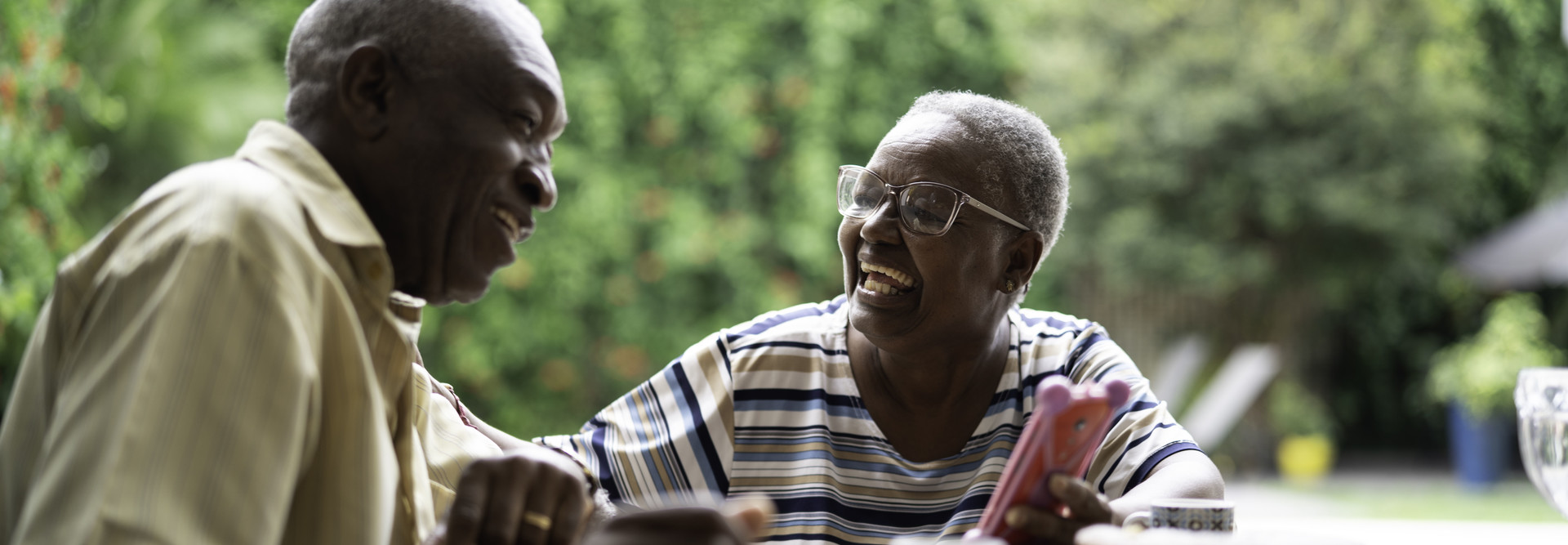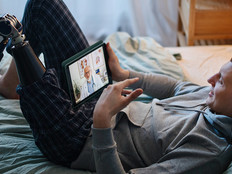Senior Care and Mobility: Why Smartphones and Tablets Make Sense
One in 5 U.S. residents will be of retirement age by 2030; four years later, those 65 and older will outnumber children under 18, the U.S. Census Bureau reports.
Growing alongside the numbers of seniors is their use of technology. According to the Pew Research Center, 53 percent of all senior citizens now own a smartphone — and that doesn’t account for other mobile devices such as tablets, laptops or e-readers.
Such rising adoption presents an opportunity for care providers to employ mobile devices as a means to not only connect senior users to family, friends and the internet, but also potentially allow for longer and healthier lives.
INSIDER EXCLUSIVE: Watch a CDW Bring IT On session about connecting seniors and technology.
Mobile Devices Offer Many Uses for Senior Care
The ways that seniors and their caregivers can take advantage of mobile devices have steadily increased in recent years, says Dr. Marcie Stoshak-Chavez, an emergency physician and the healthcare practice co-lead at Centric Consulting.
“As we move forward with population-based solutions and reimbursement changes in healthcare, it’s going to be more and more crucial that care management platforms start using some of the patient-owned mobile technology that already exists,” she says.
Among the uses: remote patient monitoring (often paired with smart home sensors designed to help people age in place safely) and applications that can help seniors manage chronic conditions or complex medication regimens and even gamify cognitive care. Even wearable biomedical sensors — once a costly specialty item — are now available in off-the-shelf smartwatches.
Thinking outside the box is key to unlocking the full potential of mobile devices. “Even transportation would be enormously helpful in healthcare,” she notes, pointing out that popular ridesharing apps can help people who can’t drive to access care.
There’s even the possibility that pairing smartphones or tablets with virtual reality headsets could change end-of-life care. Stoshak-Chavez has worked on research that looked at how curated VR environments can help hospice patients ease their anxiety and even lessen their dependence on opioids for pain management, allowing them to be more present with their families in their final days.
MORE FROM HEALTHTECH: Learn about telehealth’s growing role in senior care.
How to Deploy Mobile Devices in a Senior Care Setting
Given the increasing ubiquity of mobile devices and the range of healthcare-related uses, it’s likely that the tools will become a more central part of care plans in years to come — but a few challenges still remain.
When it comes to storing and transmitting health data, privacy and security must be top of mind, says Stoshak-Chavez. Implementing security practices such as network monitoring, device encryption and containerization can help care providers to not compromise patient safety as part of their mobile device deployment process.
Developers must consider the human element when designing products for senior users, Stoshak-Chavez says.
“I don’t know how many organizations or innovators are using a human-centered design approach, which really focuses on what the actual senior believes their needs are,” she says. But by bringing seniors into the heart of the development process, devices can truly be created with a senior-first mentality, strengthening their use case and adoption rate in healthcare.









